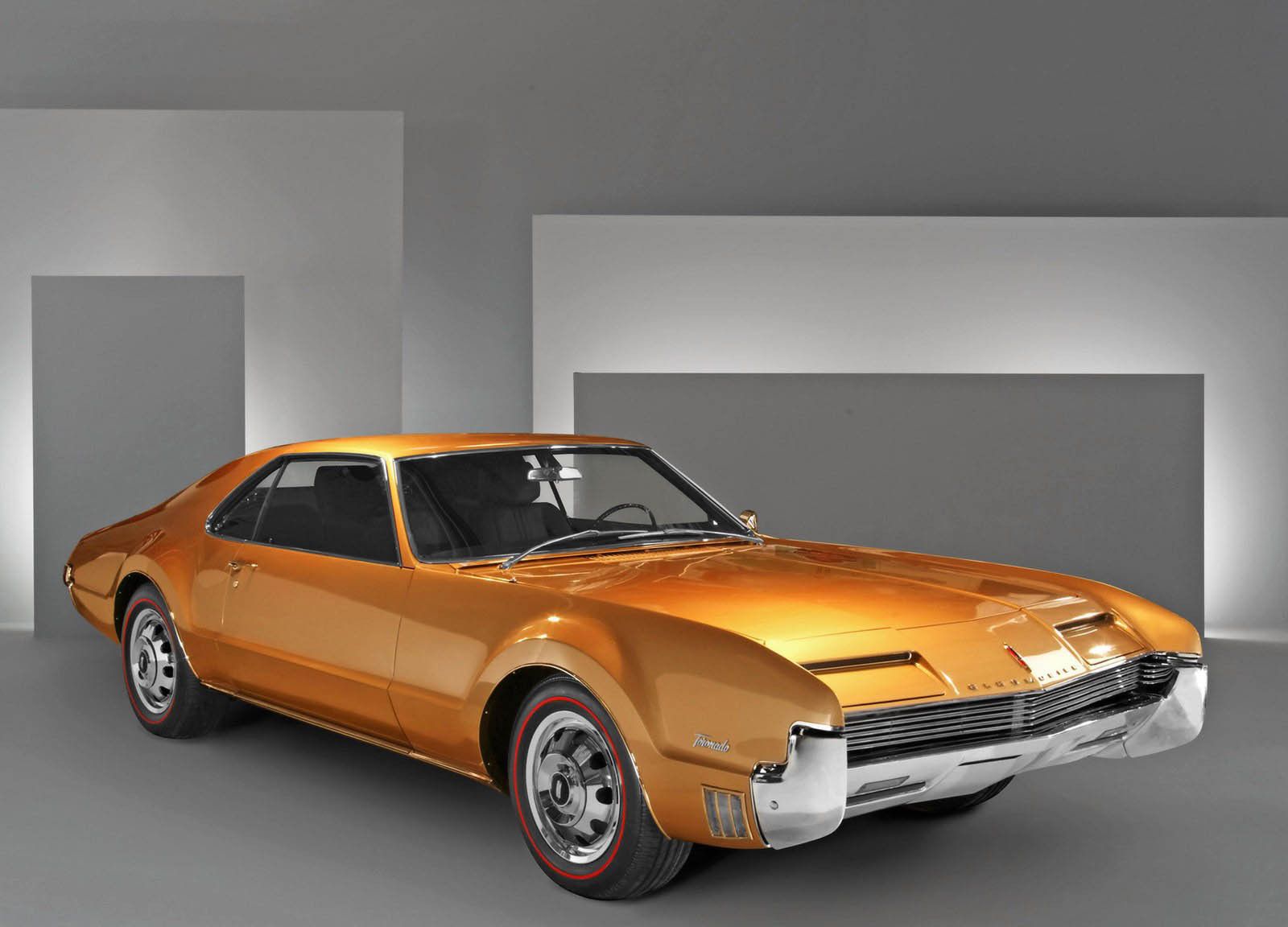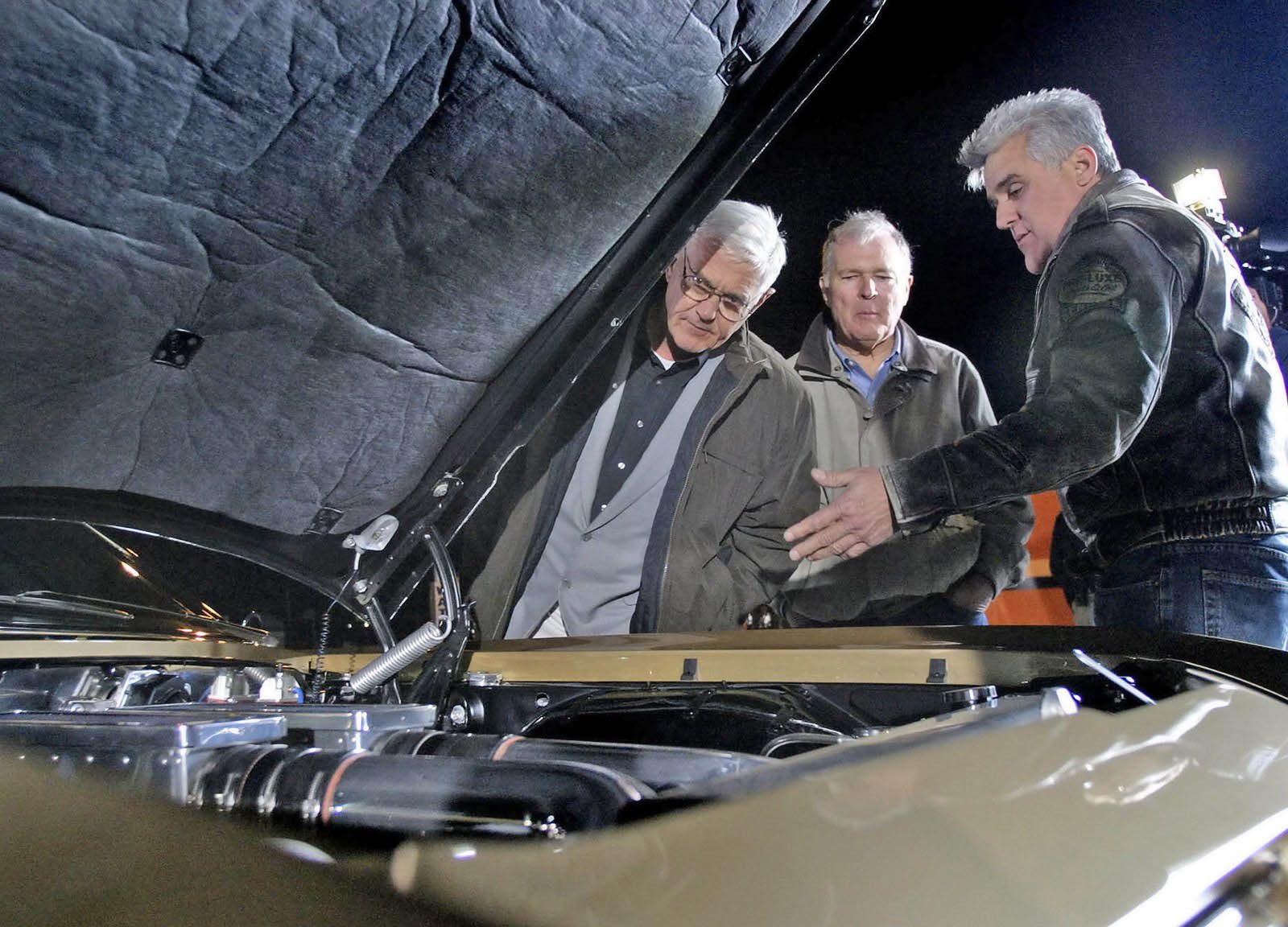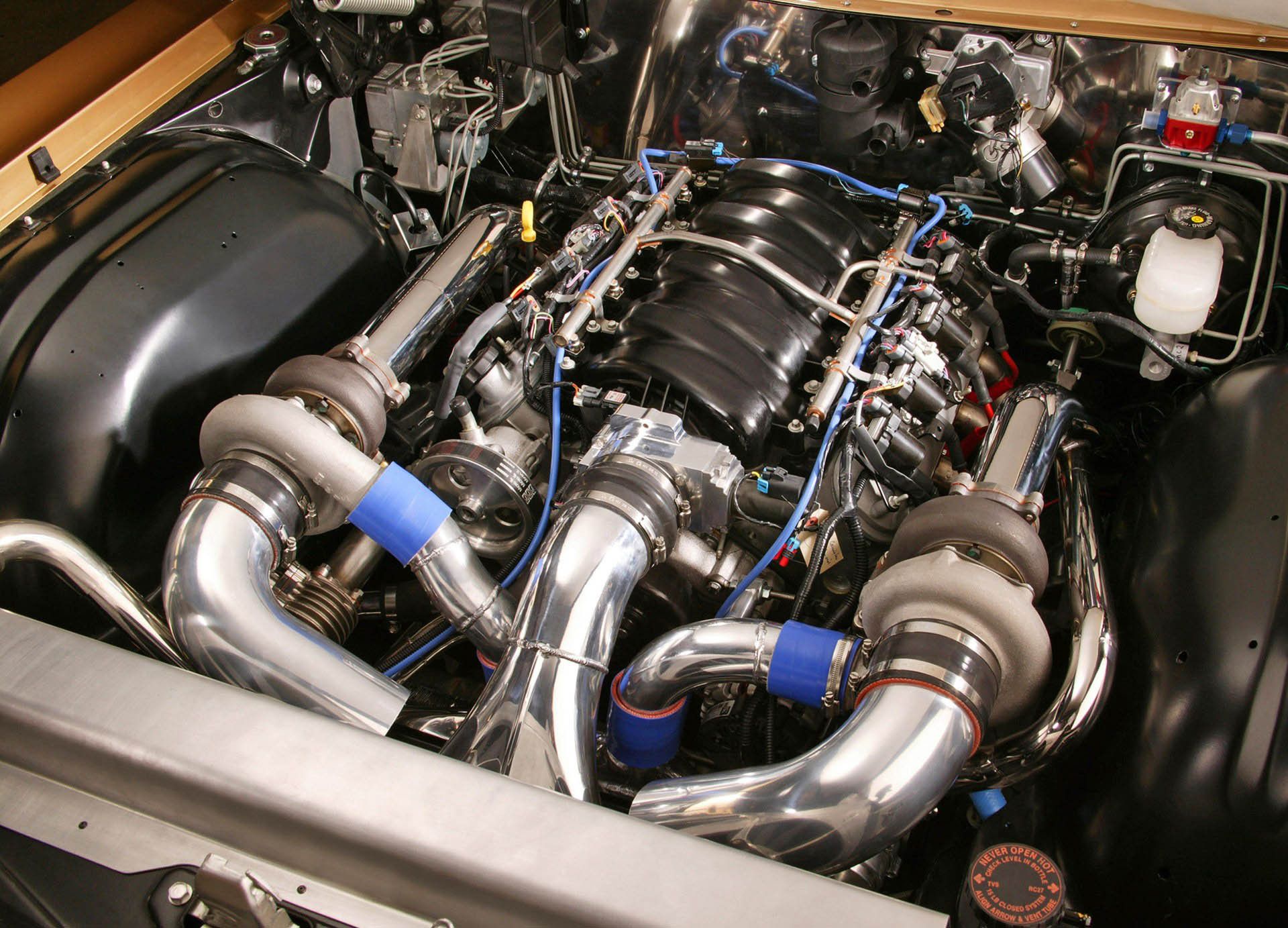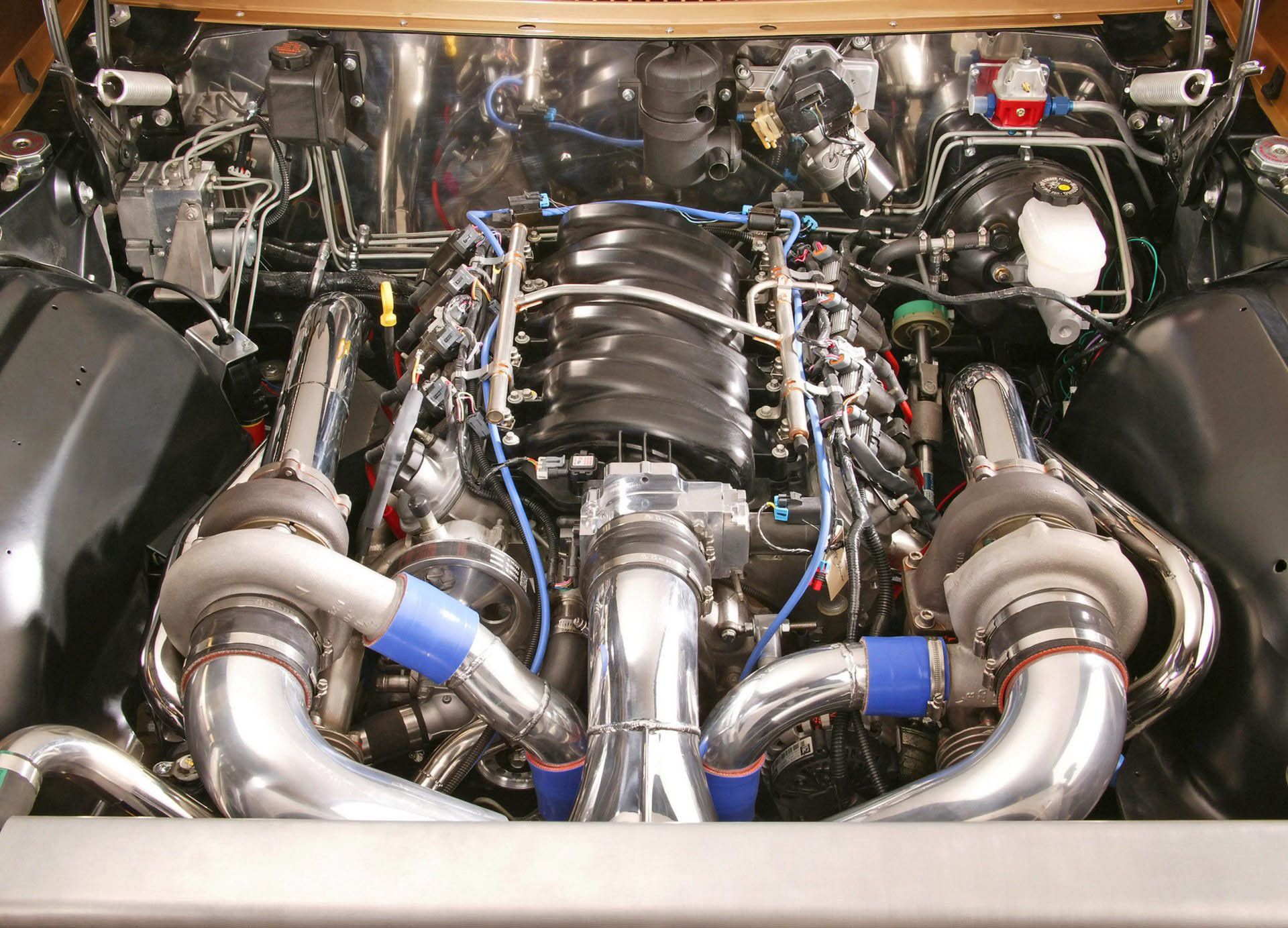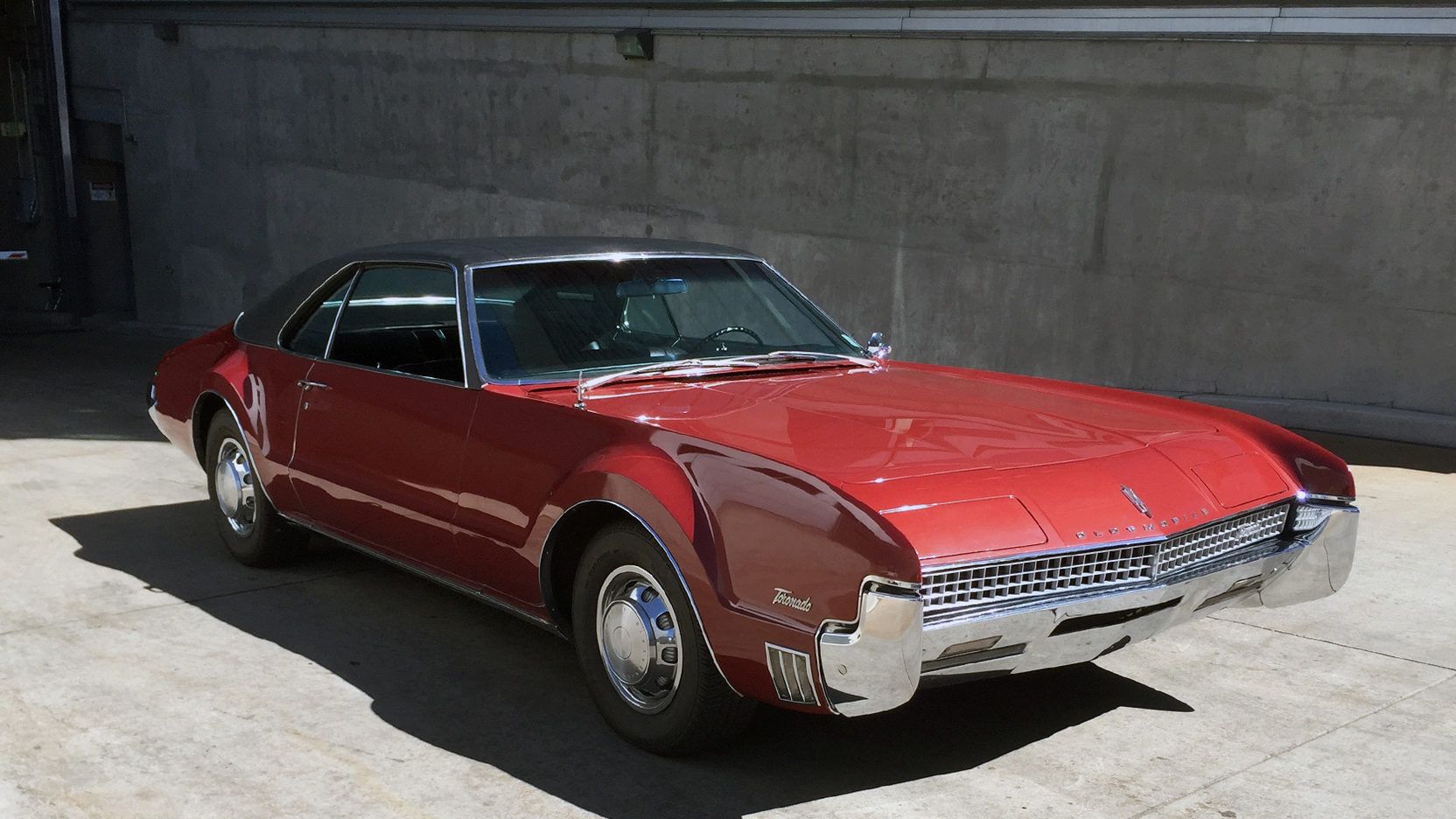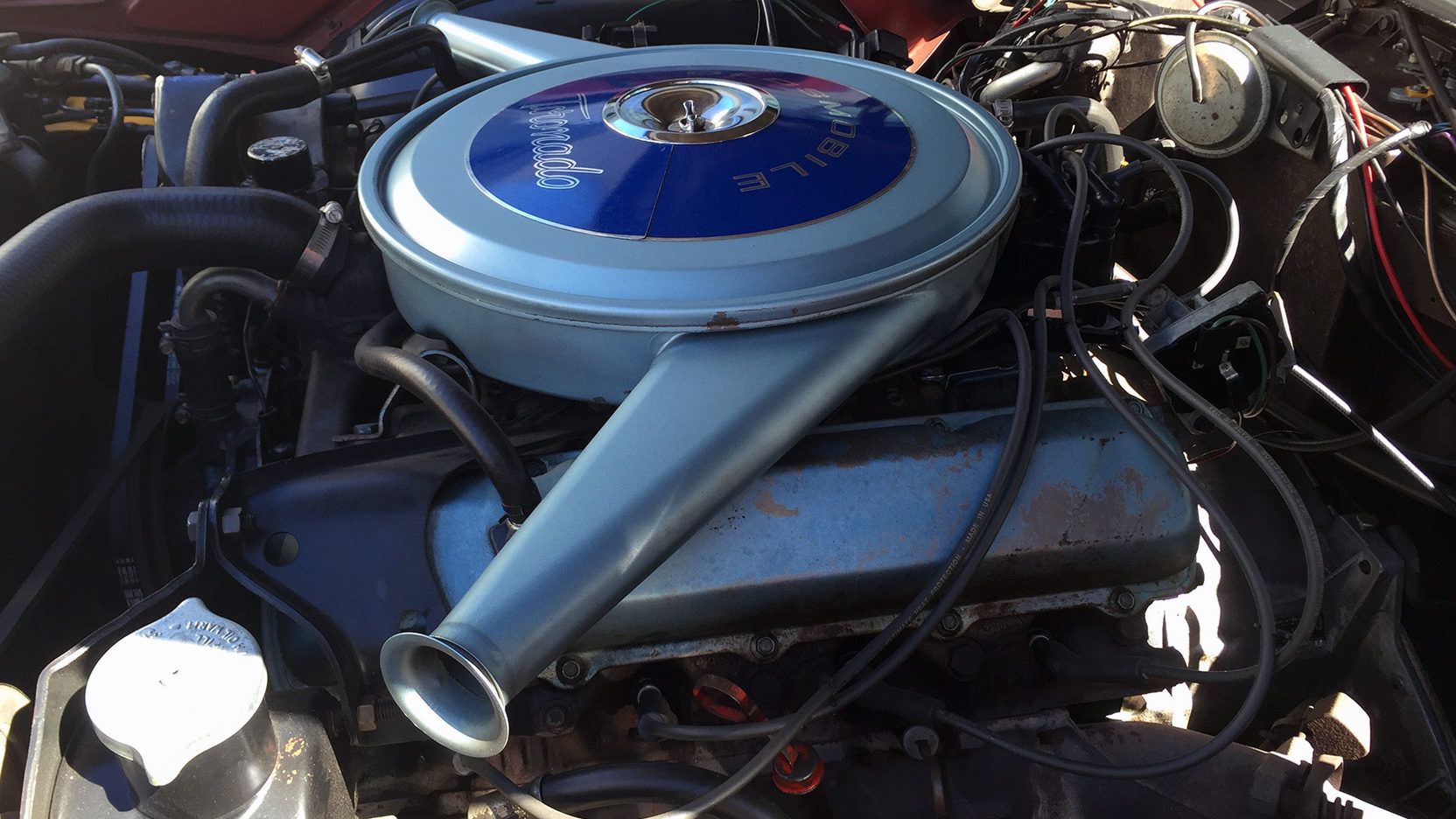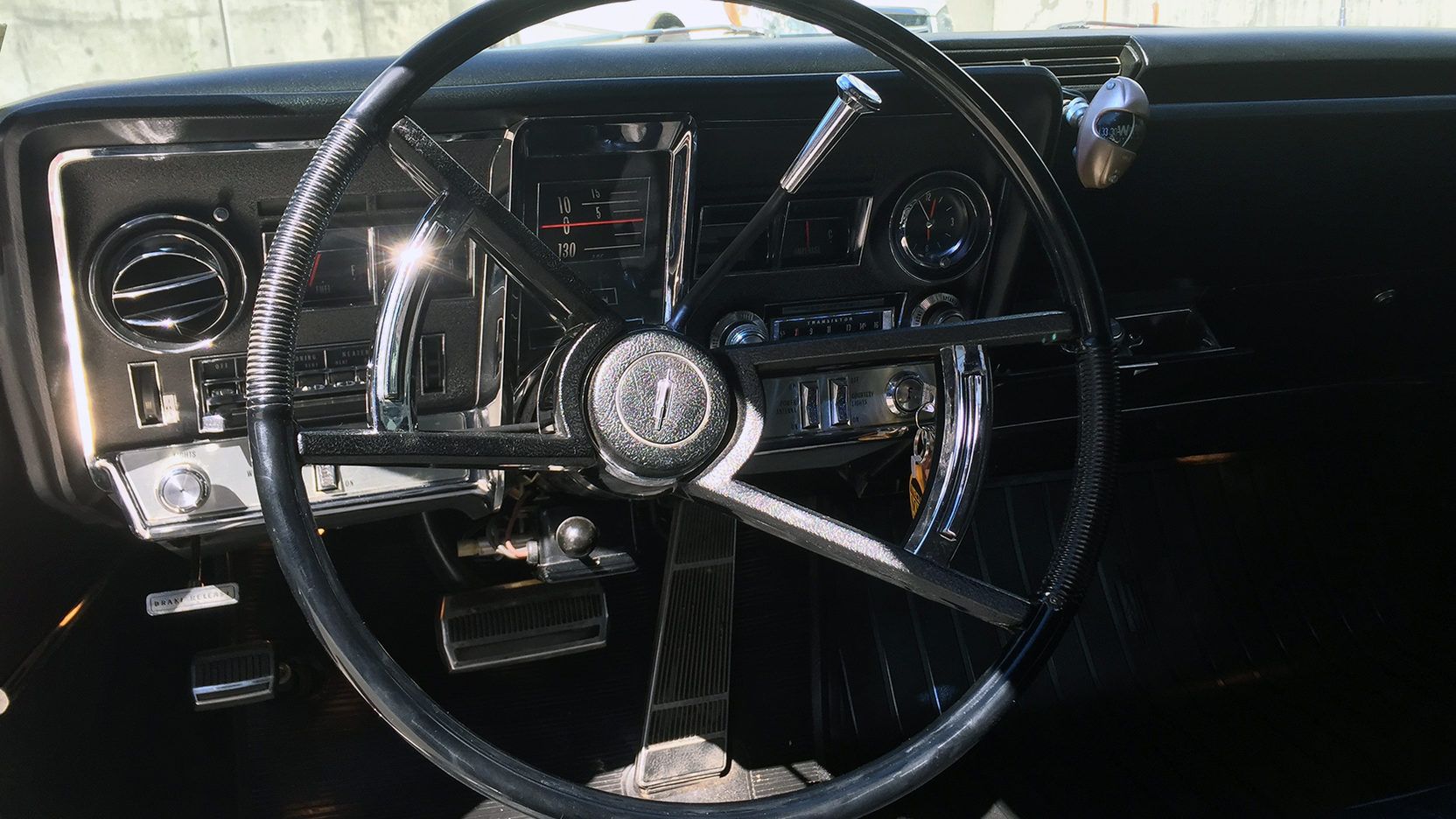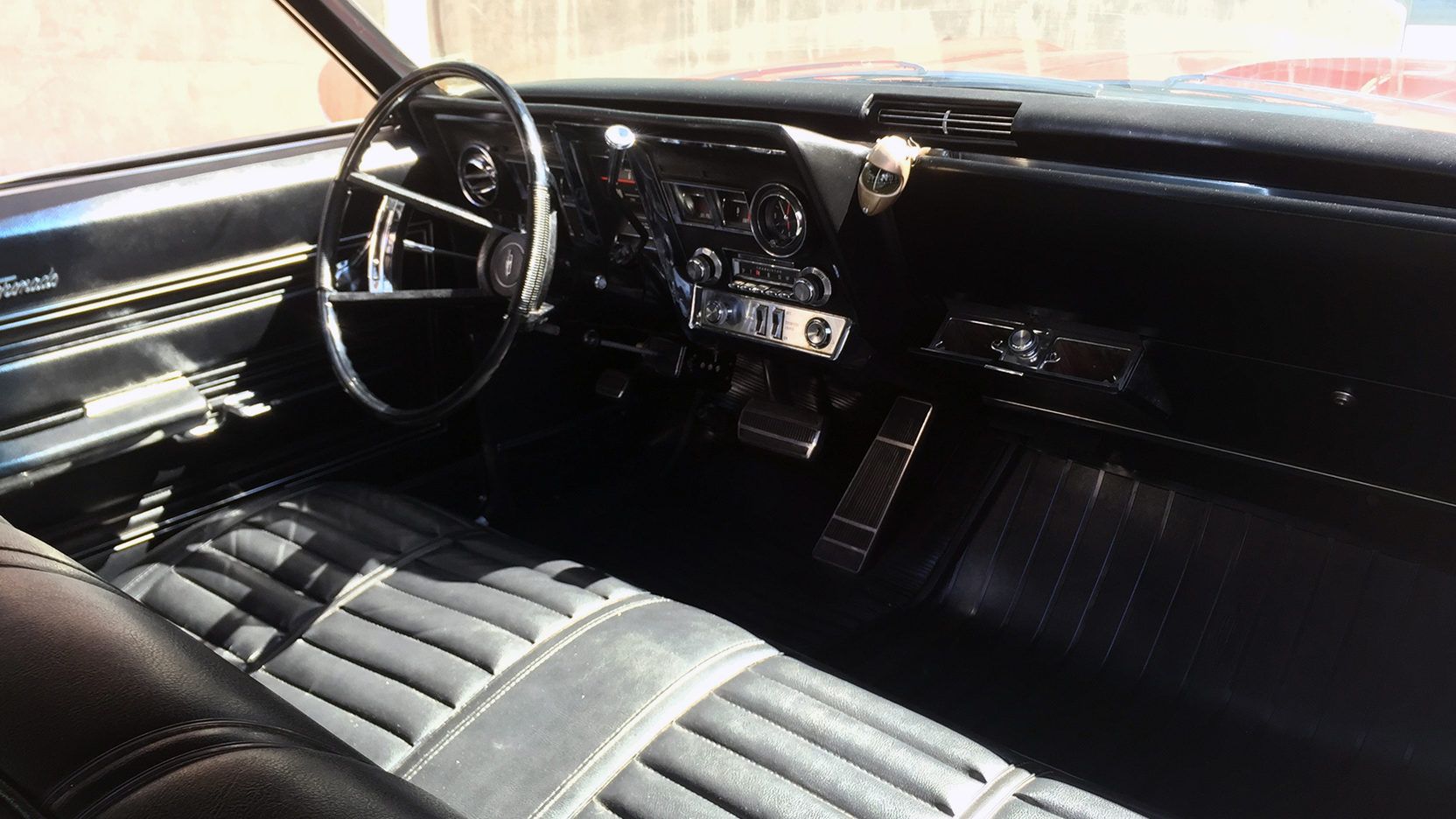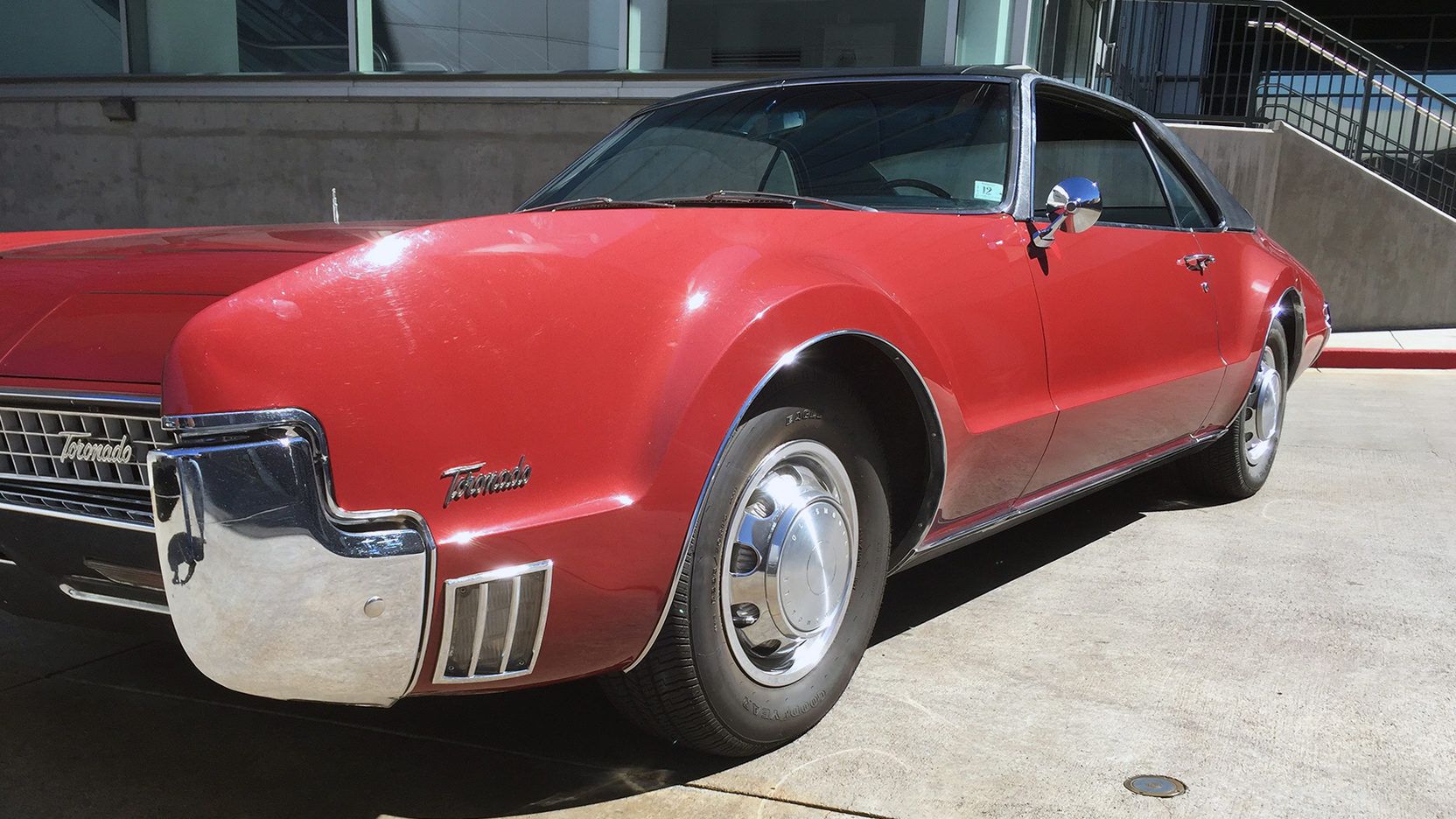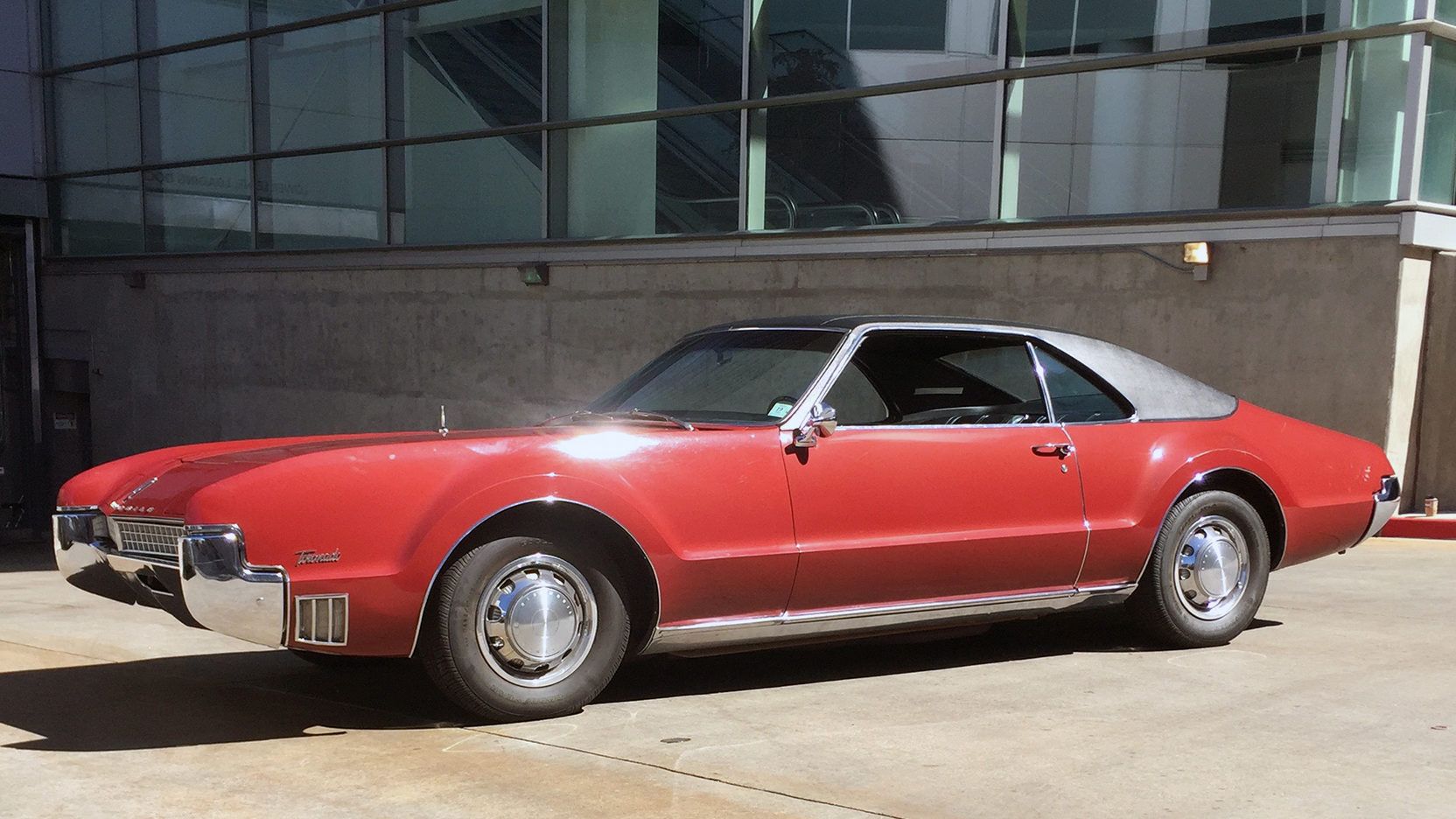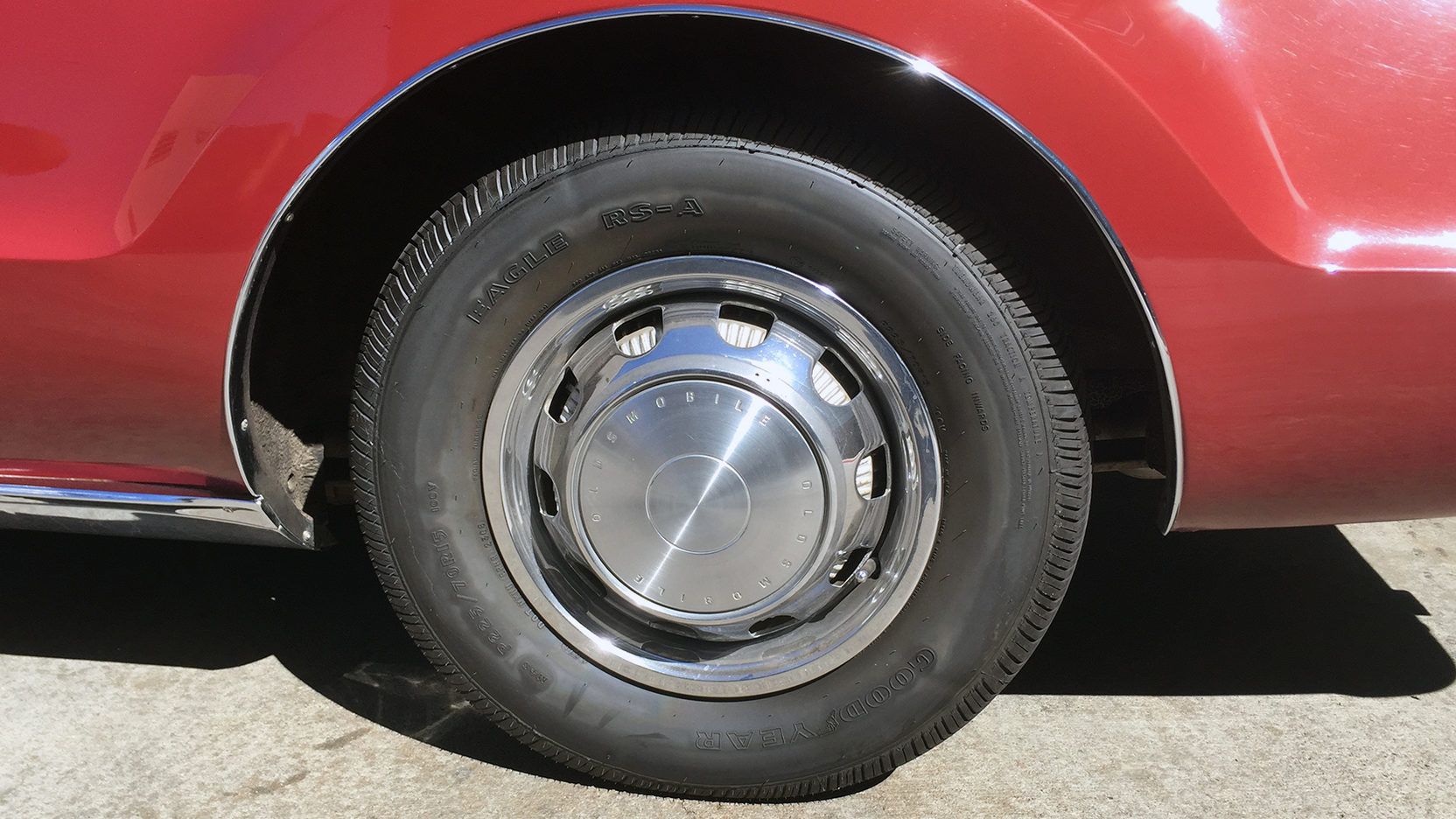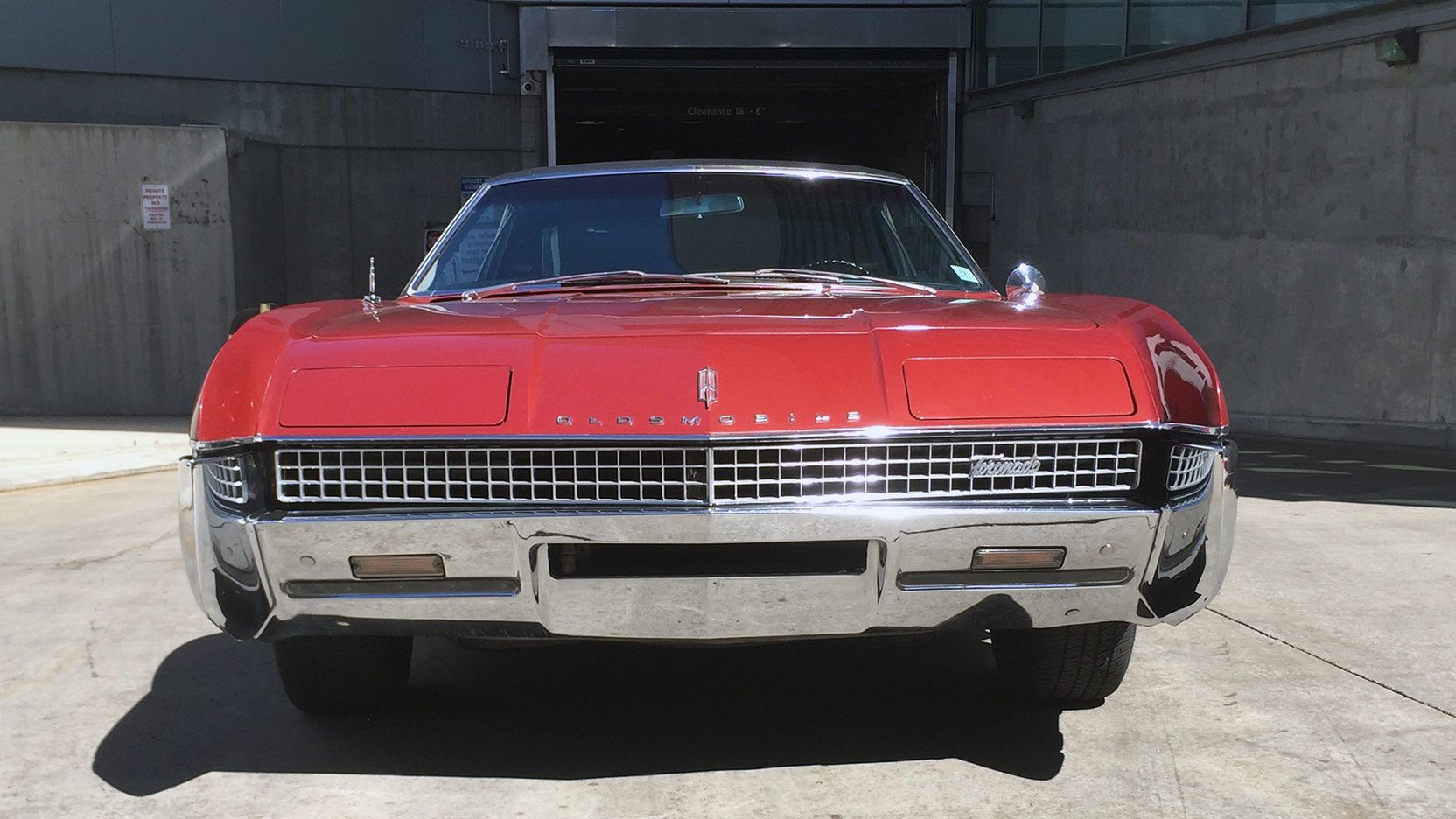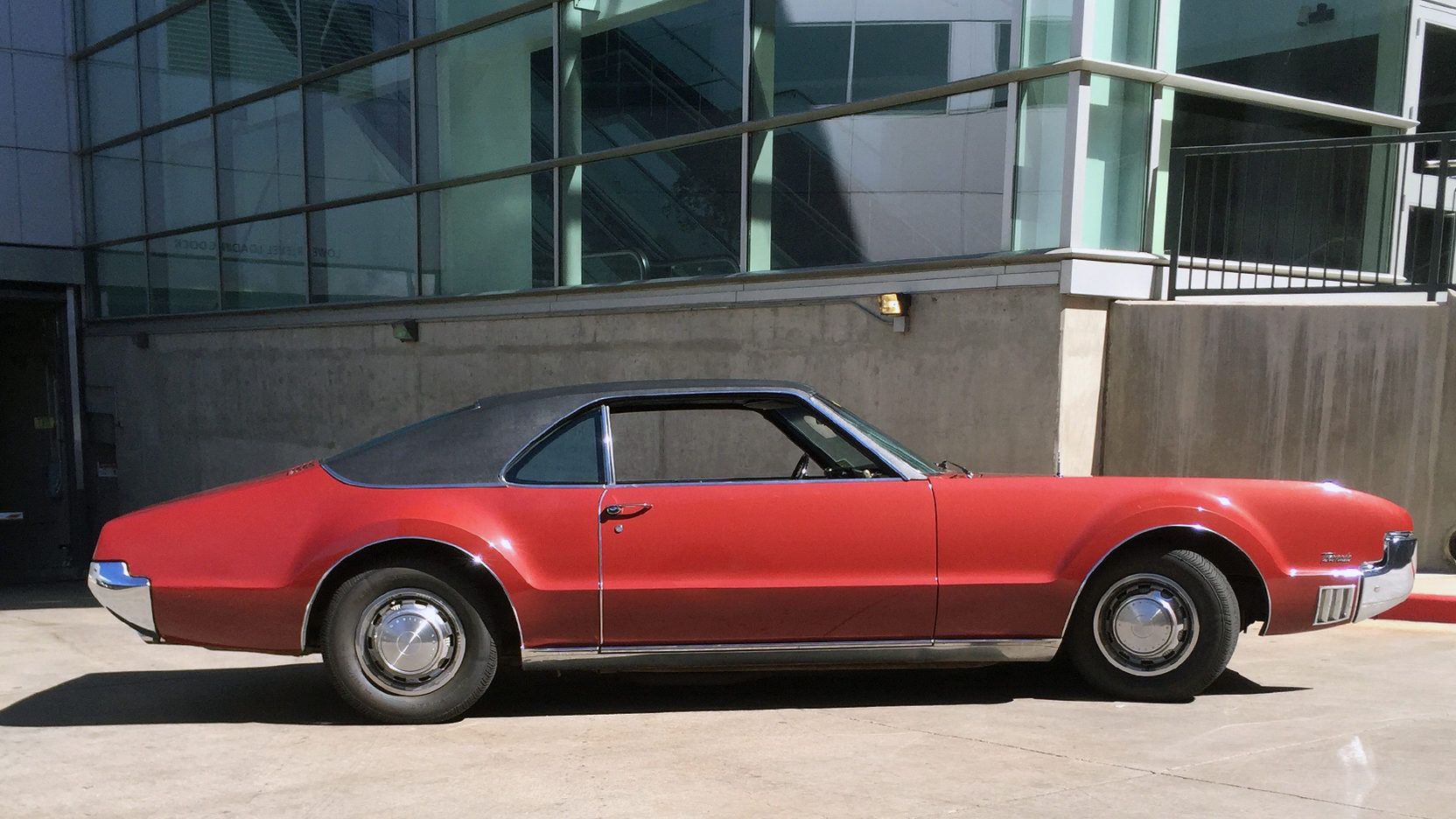The Toronado was unlike anything else available when it debuted in late 1965. This “personal luxury car” featured a long, sleek profile, concealed headlamps, and big V-8 power. But the biggest news was what was underneath. The Toronado was front-wheel drive.
The Toronado was in fact the first American build FWD car, save only for the ill-fated Cord and Ruxton brands from the late 1920. Oldsmobile carried the Toronado name for 26 years, spanning four generations. It was the first generation car that bucked tradition, however, moving past the typical front engine, rear-drive architecture so prevalent in that day.
According to General Motors, the Toronado name has no real meaning. It was originally used for a Chevrolet concept car in 1963, but was later adopted by Olds. Of course, the Oldsmobile division had its eye set on Ford, specifically the Thunderbird. The Blue Oval’s two-door grand tourer had garnered quite the reputation since its inception in 1955. By this time, the Thunderbird was well into its fourth generation.
The Toronado’s first generation lasted from 1996 to 1970. Annual facelifts give each model year a distinctive look, especially up front. Interior treatments also changed, giving drivers something new to sit behind.
The introduction of the second generation in 1971 brought a longer, squared-off, more Cadillac look to the Toronado, robbing the car of its sleek fenders and rounded edges. Oldsmobile kept the FWD architecture, of course.
Continue reading for more information
1966 - 1970 Oldsmobile Toronado
- Make: Array
- Model: 1966 - 1970 Oldsmobile Toronado
- Horsepower: 385@0
- Transmission: 3-Speed Automatic
2003 Peugeot 307 CC
- Make: Array
- Model: 2003 Peugeot 307 CC
- Horsepower: 200@0
- Torque: 3500
- Transmission: 6-Speed Manual
- [do not use] Vehicle Model: Array
Exterior
The Toronado shape began as a design painting by Oldsmobile stylist David North in 1962. His design, dubbed the “Flame Red Car,” was for a compact sports car and supposedly never intended for production. North’s project had only been finished for a couple weeks when Oldsmobile brass chose to compete with the Thunderbird for the 1966 model year. North’s finished design was chosen and the Toronado was born.
The 1966 model feature a long nose with a pointed grille. The front fenders ran past the grille, creating a unique look for the car. The headlights were of the popup variety, giving the car a sleek appearance during the day. For the 1967 year, the headlights grew larger while the rest of the car carried over mostly unchanged. Big changes happened for 1968 when the front received a completely new look. The grille now protruded past the fenders. The headlights were hidden behind the grille and the turn signals were large, horizontal units that wrapped around the fender. The look carried over mostly unchanged for 1969.
The first generation’s final year saw big changes up front. Vertical turn signals separated the grille from the fenders. The grille still kept the hidden headlights, but a different design was used. To say the Toronado was unique would be a gross understatement.
Interior
Like the exterior, the Toronado’s interior was very unique. It featured an interesting dashboard design with a vertically split instrument cluster. The speedometer was the central focus. It resided within the vertical split and featured a drum that rotated against a stationary horizontal needle that indicted speed. To either side were more gauges. Switches for different components and HVAC vents finished off the panel. Throughout the years, the instrument panel received updates, but never lost its drum-style speedometer located front and center.
The Toronado offered seating for up to six people with the front and rear bench seats. Optional were front bucket seats with a center console or fold-down armrest option.
Drivetrain
Of course, the Toronado’s main differentiating feature was its front engine, front-wheel-drive design. No other then-modern American automaker had produced a FWD car, let alone one with a big V-8 under the hood. The 1966 Toronado came powered by a 425 cubic-inch V-8 that kicked out an impressive 385 horsepower and a whopping 475 pound-feet of torque. The big 7.0-liter was mated to Oldsmobile’s proprietary transmission that transferred power from the longitudinally mounted engine to the front differential. Half shafts then sent power to the front wheels.
The transmission was GM’s new Turbo-Hydramatic heavy-duty three-speed automatic. In this FWD form, it was called the TH425 and featured a torque converter that was separate from the planetary gearset. A chain-drive system connected the two. This system, called the Hy-Vo, was made of hardened steel and proved to be very durable. In fact, the entire drivetrain proved to be stout enough for duty in GMC’s large motorhomes. Claims say Oldsmobile accrued over 1.5 million miles in testing the drivetrain – an unprecedented number in those days.
Suspension & Frame
The Toronado was the first of GM’s cars to use a subframe. The steel subframe ran under the front three-quarters of the car, ending just ahead of the rear tires. This subframe gave extra strength for the engine and transmission, as well as under the passenger compartment.
Suspension wise, the front sported a unique independent setup with torsion bars and unequal length double wishbone control arms. The use of torsion bars was also a GM first. Out back, the rear suspension was far simpler. Leaf springs held the solid axle in place. Dual shock absorbers were used but were placed in an unusual configuration. One was used vertically while the other was used horizontally. This acted like a radius rod to control rear axle sideways movement. The leaf springs connected to the rear of the subframe and the unibody structure out back. The drum brakes on the 1966 model were barely adequate, according to most reports. They were later swapped for vented disc brakes up front in 1967.
Performance for the 1966 Toronado was surprising, despite its 5,000-pound curb weight. Published numbers show the car hitting 60 mph in 7.5 seconds before finishing the quarter mile in 16.4 seconds at 93 mph. Top speed was listed at 135 mph.
Later versions of the Toronado had more power. From 1968 through 1970, customers could order the W-34 option package. This came with a performance camshaft and a “GT” transmission calibration. The quarter-mile time dropped to 15.7 seconds though trap speed dropped to 89.9 mph.
Sales & Pricing
The Toronado posted some respectable sales numbers in its first year. In 1966, Olds sold 40,963 examples. Awards came too, including Motor Trend’s Car of the Year and Car Life’s Award for Engineering Excellence. It even placed third for European Car of the Year. Sadly for Olds, the Toronado’s sales dropped to 22,062 for 1967 and never grew close to the initial year’s sales numbers. Things turned around in 1971 when the second generation Toronado debuted.
Conclusion
The first generation Oldsmobile Toronado was a groundbreaking car that ignited the American FWD movement. While many auto enthusiasts lament the lack of honest RWD sedans, respect is generally given to the Olds. Then again, it’s hard not to respect a V-8-powered coupe with 475 pound-feet of torque…
The car’s styling was also revolutionary and looked like nothing else on the road. The annual updated kept the car fresh, though buyers seemed to dry up as each year rolled on through between 1967 and 1970. Still, the proliferation of the FWD architecture owes much to the Toronado and its ingenuitive underpinnings.

